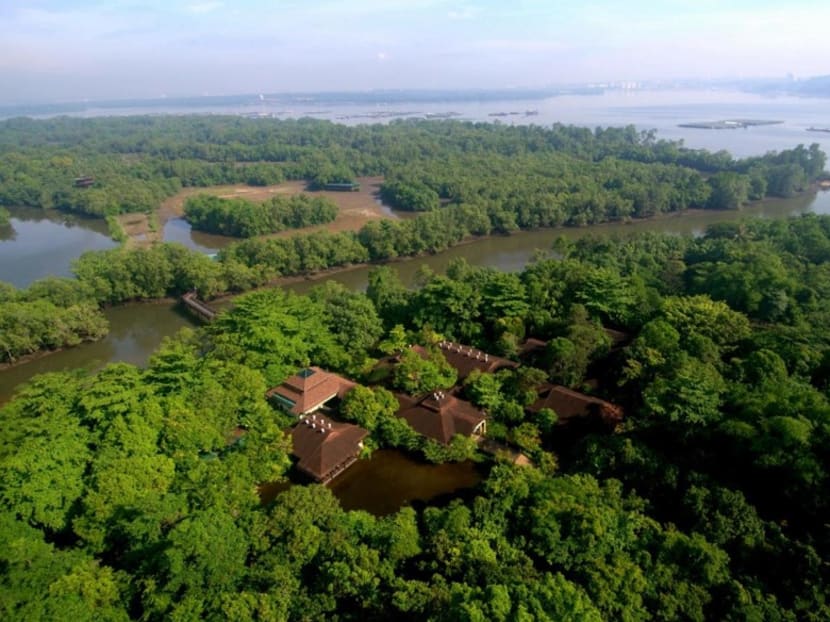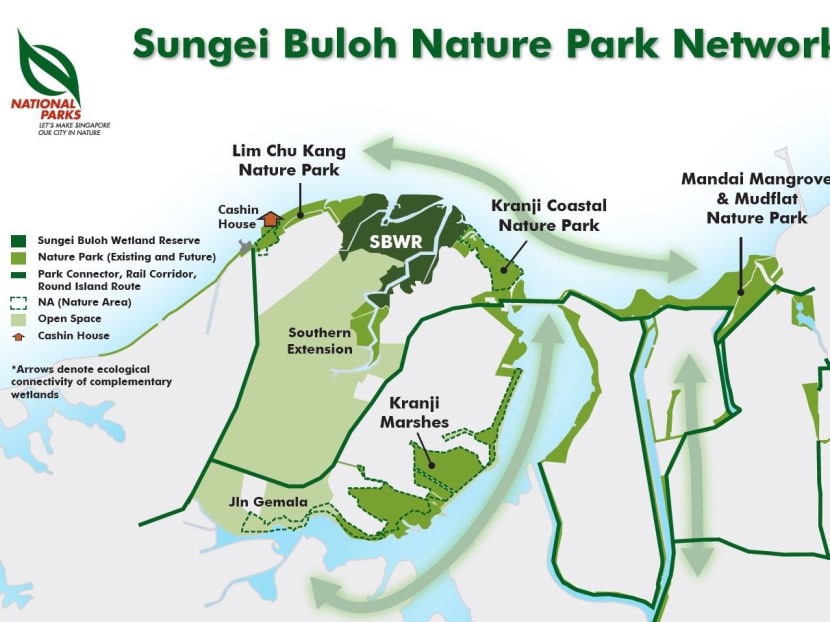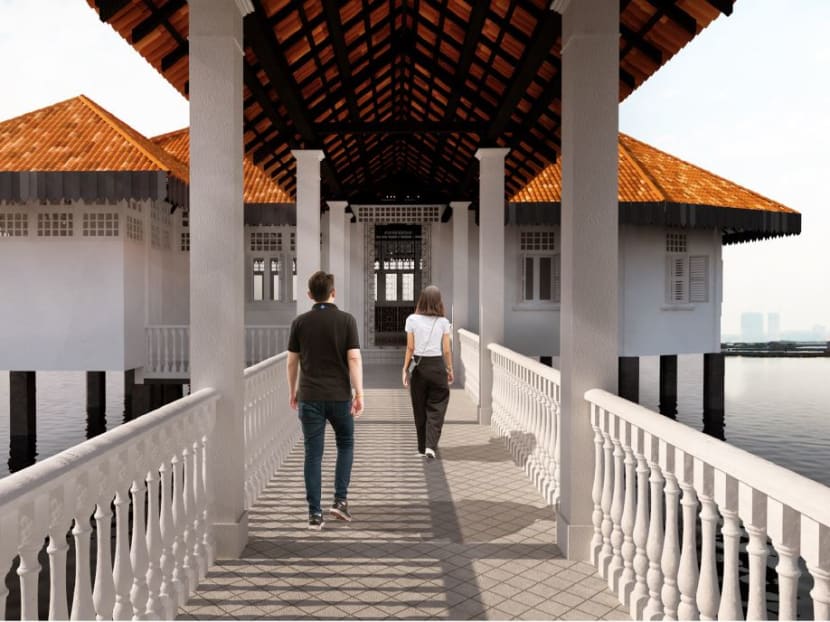400 hectare nature park network around Sungei Buloh Wetland Reserve to be built by 2022
SINGAPORE — In a bid to protect the rich biodiversity at Singapore’s north-western wetland nature reserve, which has seen a rise in visitorship during the Covid-19 pandemic, the National Parks Board (NParks) will set up a new Sungei Buloh Nature Park Network by 2022.

The Sungei Buloh Nature Park Network is expected to be completed by 2022 and will have about 15km of walking trails.
- The Sungei Buloh Nature Park Network is expected to be completed by 2022
- When completed, it will cover over 400 hectares of land and have about 15km of walking trails
- The network will help expand the habitat of wildlife and provide a larger feeding ground for migratory birds
SINGAPORE — In a bid to protect the rich biodiversity at Singapore’s north-western wetland nature reserve, which has seen a rise in visitorship during the Covid-19 pandemic, the National Parks Board (NParks) will set up a new Sungei Buloh Nature Park Network by 2022.
The network, which was announced by NParks as part of its City in Nature vision on Wednesday (Aug 19), will comprise the Sungei Buloh Wetland Reserve and other important core habitats of biodiversity, such as the Mandai Mangrove and Mudflat as well as the Kranji Marshes.
It will also include nature areas such as Jalan Gemala and Kranji Reservoir Marshes and other nature parks and eco-corridors.
The wetland reserve itself is home to species such as crocodiles, monitor lizards and mudskippers, a type of fish that live in and out of water. Within and around the reserve though, NParks said that a total of 279 species of birds have been recorded.
When completed, the network is expected to cover over 400 hectares — thrice the size of the wetland reserve — and will feature 15km of both rugged and boardwalk trails that will take visitors near places that were previously out of bounds to the public such as the Mandai Mangrove and Mudflat.
The mudflats, which are now accessible only to researchers, is an important refuelling site for migratory shorebirds along the East Asian-Australasian Flyway, NParks said.
While visitors will not be able to go onto the mudflats itself, the trails will offer them a better view of migratory birds.

In addition, the western extension to the wetland reserve will be conserved as the new Lim Chu Kang Nature Park.
This 18ha ecological link between the wetland reserve and the Lim Chu Kang mangroves will encompass the historical Cashin House and feature outdoor nature-inspired play spaces as well.

The Cashin House is a colonial-era bungalow that was built in the late 1910s by the Cashin family, who came from Ireland. It was also one of the first landing points of the Japanese Imperial Army on Feb 8, 1942, during World War II, and was occupied by them during the war.
The bungalow is located at the end of a jetty in Lim Chu Kang, which was once used to transport rubber. It now stands vacant, having deteriorated over the years.
NParks was unable to comment on the cost for the network as it will soon be calling for a tender to restore Cashin House and its surrounding areas. Once restored, the bungalow will include exhibition spaces, seminar rooms and a seaview terrace.
The network will also be connected to the Round-Island-Route, a continuous 150km green corridor that goes around Singapore when it is completed by 2035.
On Wednesday, NParks also gave an update to its One Million Trees movement, which was first announced during the Budget debate in Parliament in March this year.
The movement, which was launched in April, aims to ramp up the existing tree-planting efforts from 50,000 trees to 100,000 trees yearly, with the eventual goal of planting a million trees across Singapore over the next decade.
To date, more than 48,000 trees have been planted, and there will be plans to gradually increase the number of tree-planting exercises.
‘CROWN JEWEL OF SINGAPORE’
Explaining the importance of the network, Dr Adrian Loo, NParks’ group director of conservation, said that it will help to protect complementary habitats, such as the Mandai Mangrove and Mudflat.
He said that while migratory birds tend to feed at the wetland reserve, the mudflats serve as an alternative source of food when the tides are low.
Dr Loo added that it is also important to create interconnectivity between green zones so that wildlife can move from one habitat to another.
“Of course, our nature network also helps to spread visitorship so that the impact towards the core habitats can be reduced as well,” he said, adding that they have noticed more people visiting the Sungei Buloh Wetland Reserve during the pandemic.
“People will also get to enjoy more of these nature parks.”
Nature Society Singapore president Shawn Lum told TODAY that he welcomed the nature network, and said it was a great initiative that was a result of many years of work by various nature groups.
“This is good news for everybody, and not just for the nature community,” Dr Lum said. He is also senior lecturer at Nanyang Technological University’s Asian School of the Environment.
“This should be one of the crown jewels of Singapore; This really long, expansive natural mangrove-lined coast.”
The network helps create a larger habitat that can support a corresponding larger population of animals and even plants, Dr Lum said.
“This makes Sungei Buloh more ecologically viable in the long term, and a bigger target for migratory birdlife,” he said, adding that visitors will also be able to appreciate the “miracle of bird migration”.








